There’s a street in downtown Salt Lake City serving as an urban archive with generations of stories written in brick and concrete. Near the Salt Palace Convention Center and the Vivint Arena, it stretches from Second to Third West on 100 South, bookended by the Japanese Church of Christ and the Salt Lake Buddhist Temple—the remnants of a once-thriving Japantown chronicling the Japanese American community’s 100+-year fight to save the celebrated space and preserve their history.
The latest struggle to safeguard this community space began in 2018, when a development dubbed the West Quarter project was proposed and included frontage on the southwest portion of what had come to be named Japantown Street. The massive multi-use high-rise buildings are designed to host commercial and residential spaces, and they had reserved their trash, recycling, and loading docks for Japantown Street—relegating a portion of the block to a back alley. With involvement from the State, Salt Lake County, and the city, the project also included millions in public funding for a large parking structure.
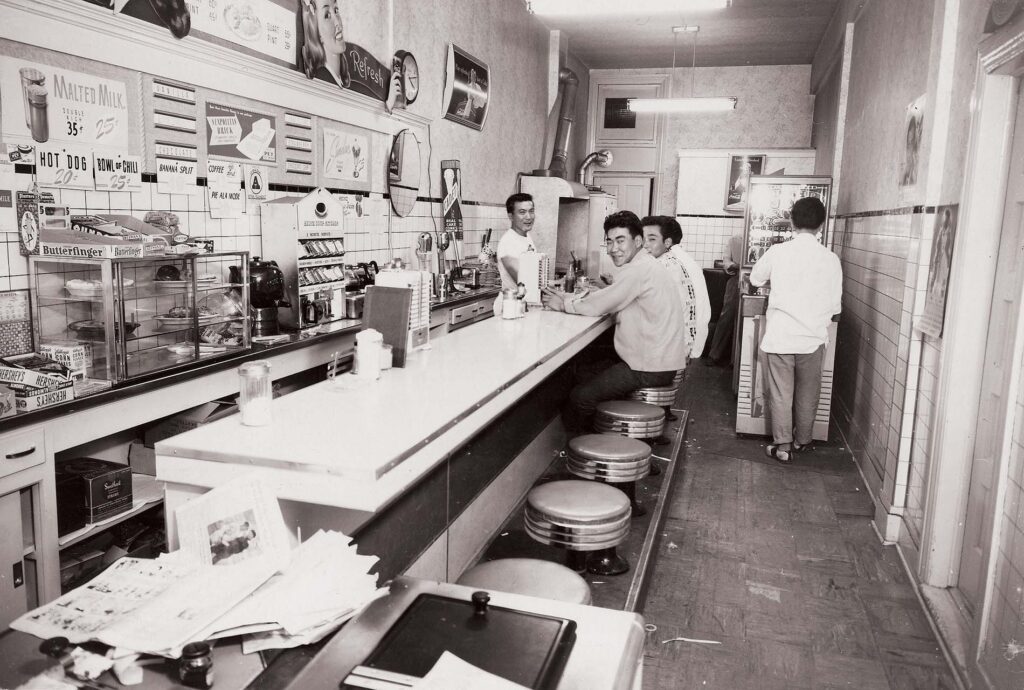
“For Japanese Americans in Utah, it was painful history repeating itself,” says Jani Iwamoto BS’82, Utah state senator and former Salt Lake County Council member. Iwamoto was a founding member of the Japanese Community Preservation Committee in the early 2000s and has advocated for Japantown since. A coalition of public, private, and community stakeholders—including Iwamoto and other U alums you’ll hear from here—collaborated to improve the West Quarter project and made plans to revitalize and strengthen Japantown, looking for ways to honor the history of the neighborhood while transforming it into a pedestrian-friendly hub for festivals, celebrations, and Japanese-centered businesses.
Okage Sama De: ‘I Am Who I Am Because of You’
Japanese immigrants came to Utah primarily as railroad, agricultural, and mine workers in the late 1800s. In 1902, former railroad worker Edward Daigoro Hashimoto launched the E.D. Hashimoto Company near 100 South as a labor agency and to provide Japanese food, clothing, and other items and services that many Japanese residents sought. In less than a decade, more than 2,000 people of Japanese heritage had moved to the area. By 1925, the Japanese Church of Christ and the Buddhist temple were built where they still stand today. Dance studios, two newspapers, a Japanese language school, and other stores, restaurants, and gathering spaces sprawled across several blocks in what became known as Japantown.
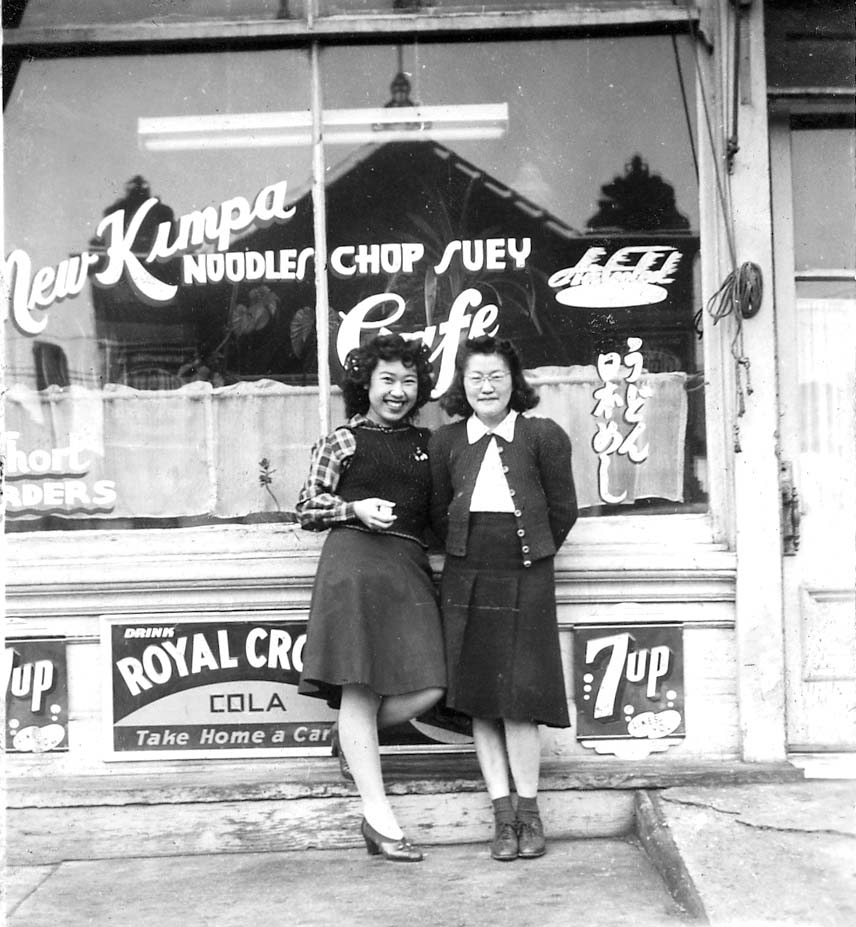
The community changed drastically during and after World War II. President Franklin Roosevelt signed Executive Order 9066 in 1942, relocating more than 120,000 West Coast Japanese Americans to internment camps, including to the Topaz War Relocation Center near Delta, Utah. Anti-Japanese sentiment and harassment rose dramatically, only increasing after many of those displaced from the West Coast relocated to Utah’s community. In the mid-1960s, two core blocks of Japantown were razed to build what would become the Salt Palace arena, and many business owners had to either close shop or move to other parts of the city. This was part of an urban renewal wave that gutted neighborhoods across the country—largely targeting communities of color.
“I’ve heard about Japantown from my parents and their friends my whole life. Everybody went there—it was thriving—but the Salt Lake arena decimated it,” says Iwamoto. “I’m happy that we can move forward, but it’s really important that we honor the past and the people that came before us who made Japantown.”
Iwamoto recalls attending a funeral for a friend of the family in Japantown and seeing the evidence of encroachment and disregard. “Semitrucks were in the middle of the road, and crates were scattered blocking everything,” she notes. “It’s not that our community is against development, but we were never part of the discussion, and it always impacts us negatively.”
In subsequent years the community continued to advocate for their space. The Salt Palace expansion in 1996 and the early 2000s spurred Iwamoto, Third District Court Judge Raymond Uno BS’55 JD’58 MSW’63, and others to form the Japanese Community Preservation Committee (JCPC). They led a coalition to mitigate negative impacts—including building gates to hide loading docks, and a Japanese garden as a safety buffer for increased semitruck traffic—and got this section of First South officially named “Japantown Street.” However, the expansion made its mark.
As Iwamoto and others envision the future of this important community space, they are guided by the Japanese saying Okage sama de, or “I am who I am because of you.” This fundamental tenet has steered efforts to create a space of remembrance and respect that thrives over time and is a place of inclusion.
“IT TOOK STAYING POWER AND DETERMINATION TO KEEP EVEN A REMNANT OF JAPANTOWN.”
More Seats at the Table
When the JCPC first heard about plans for the West Quarter development, they took their concerns to the Redevelopment Agency of Salt Lake City (RDA), a municipal organization that bolsters investment in projects aimed to address the unique needs of Salt Lake City’s diverse neighborhoods. The RDA funded and managed an in-depth facilitation process to figure out what could be done to mitigate the impacts of the project and enhance Japantown Street.
Corinne Piazza MCMP’16, project manager at the RDA, was a key figure in managing the facilitation process with the project stakeholders, including the West Quarter developers, Salt Lake County, Salt Lake City, and the Japanese American community.
“The practice of urban renewal in the ’60s was a dark time in our history,” says Piazza. “For this project, it was so important to create a seat at the table for traditionally excluded voices.”
After five months, all parties committed to what’s known as good neighbor agreements, adjusting plans to improve the project design and respect the cultural activities and history of the street. In addition, the RDA put forth $100,000 and initiated a Japantown visioning process in partnership with the Japanese American community to address a range of priorities, implementation, maintenance cost estimates, and best practices for future management, and signed on Salt Lake City-based GSBS Architects as the design consultant.
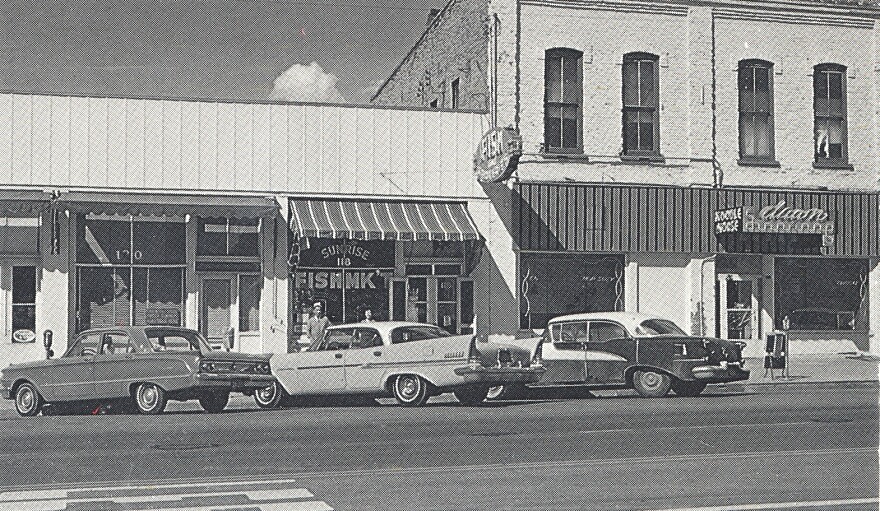
For Valerie Nagasawa BS’90 BS’91 MAR’93, a principal at GSBS Architects who worked on the redesign, the project was more than a job. Her husband’s family owned the Sunrise Fish Market, a community staple of Japantown that was demolished to make way for the Salt Palace.
“Most Utahns are so disconnected from this history. The street wasn’t even named Japantown Street until 2007,” says Nagasawa. “It took staying power and determination to keep even a remnant of the street, the churches, and festivals.”
In partnership with the RDA, GSBS planned a 15-month community engagement process by organizing events and holding regular meetings with the Japantown Steering Committee, made up of Iwamoto, Judge Uno, and former director of planning and development for Salt Lake County Rolen Yoshinaga. The steering committee represented a larger committee of nearly 30 Japanese American community members who helped develop a set of guiding principles for GSBS to follow in articulating a design concept for the street.
“It was a turning point when a community member shared the phrase Okage sama de,” says Nagasawa. “It was a way to celebrate what the pioneers of Japantown did to build a community. But they didn’t just want a historical exhibit—they were thinking about the younger generations.”
The community and GSBS were inspired by the smells, colors, textures, and other aspects of Japanese design and celebration. The street will feature art and placemaking elements such as cherry trees, origami sculptures, interpretive signage, and pavement markings that reflect traditional Japanese patterns. The street will be optimized to accommodate seasonal festivals and events and enrich the pedestrian experience. And GSBS Architects did extensive research on other successful Japantowns in Denver, San Jose, and San Francisco to understand how they’re funded and managed.
As the Japantown Steering Committee presents the plan to the wider community, the revitalization will be done in stages, rather than waiting to raise all the public and private funds for the project.
Greater Than a Throughway
Community-based design means considering not just the needs of today, but what will best serve future generations, says U College of Architecture + Planning Dean Keith Diaz Moore. “Our college is the first in the nation to espouse an ‘ethic of care’ that emphasizes the responsibility to learn and respect the health and culture of our communities, sustainability standards, and innovation. It’s so gratifying to see our graduates take positive action in the community,” notes Moore.
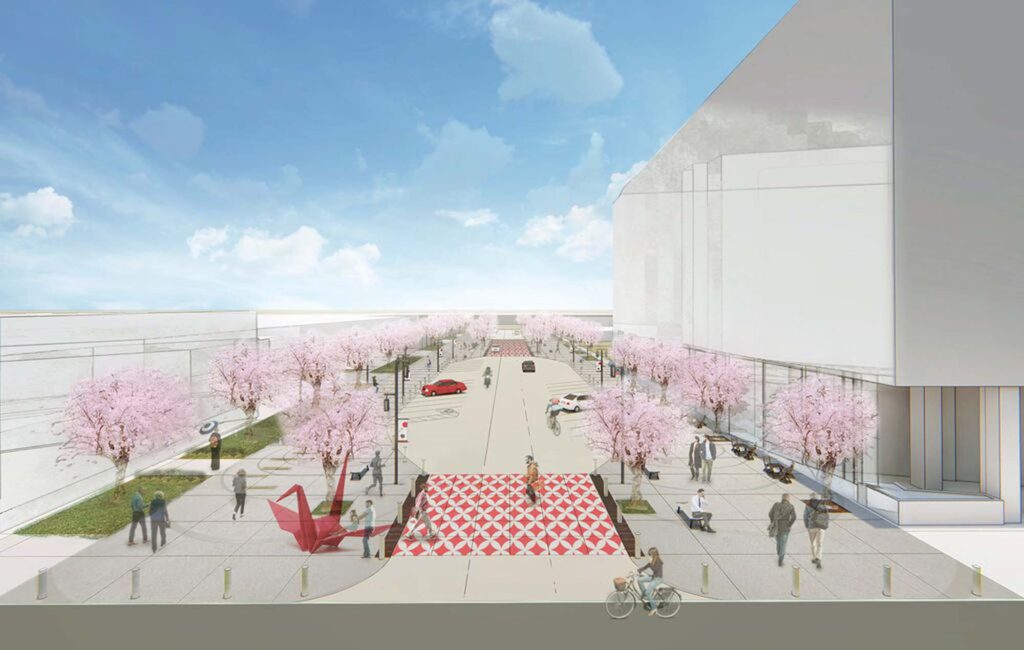
Some of the project’s challenges include accounting for historic churches and other existing buildings, all with the back end of the Salt Palace abutting one end of the street, says Salt Lake County Council member Darin Mano BA’08 BS’08. Since 2013, he’s been the emcee for the Nihon Matsuri Japan Festival, one of Japantown’s largest celebrations, and he has a unique perspective as an architect who grew up in the local Japanese American community.
The community, architects, and other partners are up for the challenge. “There are some streets you drive through, and there are some that are a destination in themselves,” notes Mano. “Japantown Street should be a destination.”
For Iwamoto, the Japantown revitalization project is just one way of honoring Japanese Americans in Utah. At this year’s legislative session, Iwamoto sponsored a bill that made Feb. 19 an official Day of Remembrance on the anniversary of Executive Order 9066, an egregious violation of civil rights for the tens of thousands of Japanese Americans who were forced into internment camps.
“Looking at the rise in anti-Asian hate, thinking about the discrimination that my parents went through, it’s just so important that we remember the past—even when it’s not comfortable,” remarks Iwamoto. “Unfortunately, history does repeat itself—and that’s why we keep these stories alive. Hopefully we can rebuild Japantown, and it can be something for our entire state to celebrate and remember.”
Lisa Potter is a research communications specialist for University Marketing & Communications.
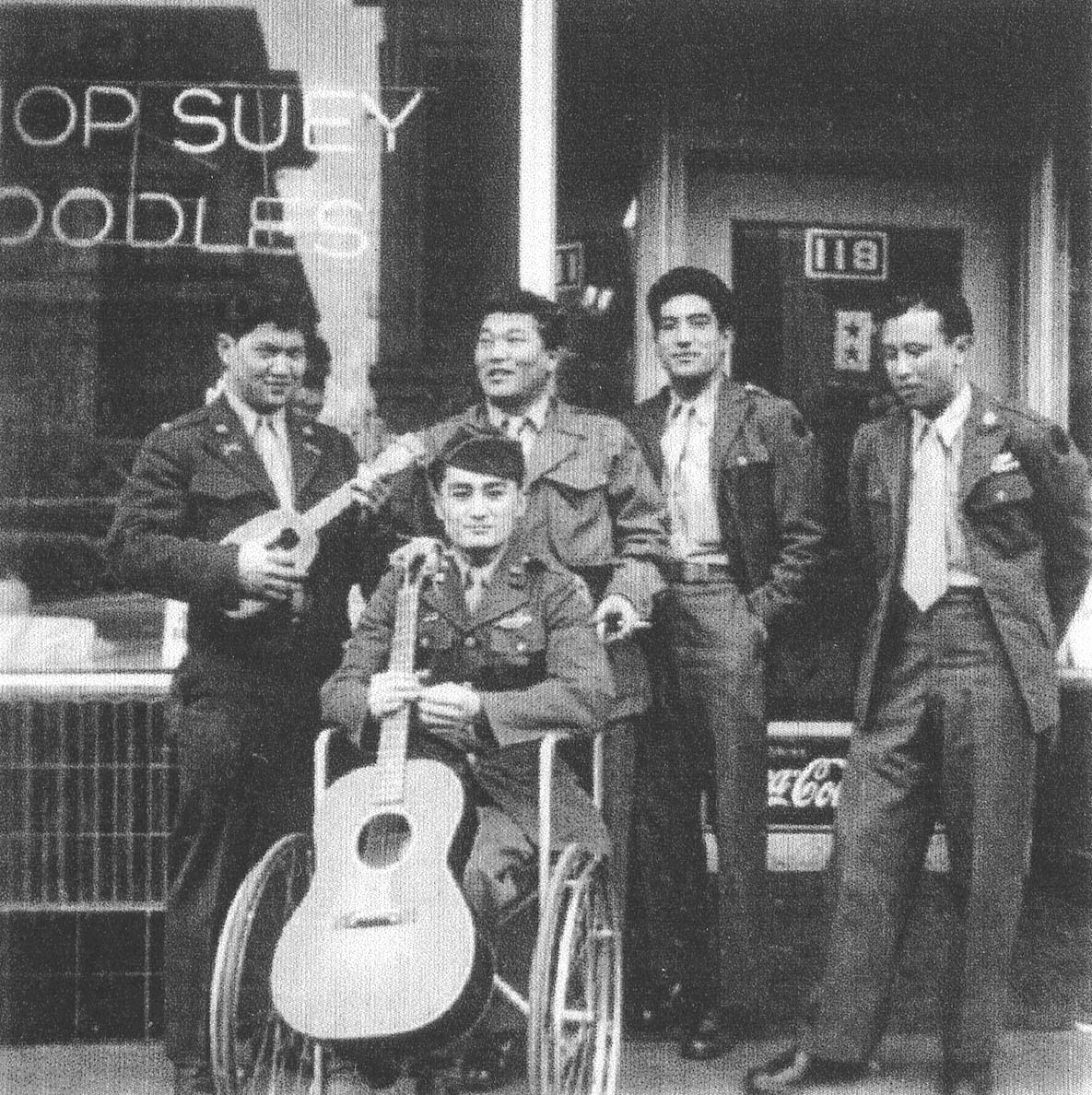
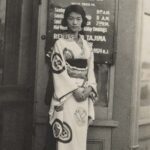
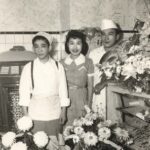
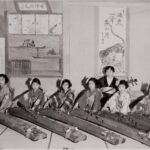
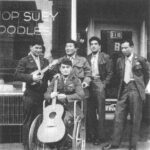



Great article. I attended the U in the late 70’s and early 80’s. I did not know about Japantown. One of my Master’s thesis advisors was Gordon Hashimoto. Great memories working with him during undergrad and grad school. Was he a descendent of the Hashimoto family mentioned in the article ? Thank you.
As I remember, Gordon Hashimoto was from Oregon. He had maybe gone to the U. of Oregon and then gotten a graduate degree from Harvard. He was an effective teacher who brought a lot of knowledge of real estate development and redevelopment- we did a several-week-long project investigating whether a hypothetical development could actually turn a profit and pay its investors (it did!). There was also always a strong connection to Japanese architects in those days, mainly due to Bob Bliss’s connections at the University of Minnesota, I guess. Kazuo Matsubayashi was at the school for decades, and he and Bob had at least one very talented Japanese architect come as a guest teacher for a semester or two.
Steve McAlister ’78 (finished coursework in ’77)
I am 86 yrs old, I was 7 in 1942 and was incarcerated in Topaz. I lived the Japantown lifestyle for 15 years (age 15 to 30) until des-troyed in 1965. There was JW Brewer Tire Co, the Colonial Hotel (where many of my friends lived), a series of dry cleaners, SL Judo Club, two barber shops, California and Family Markets, a series of office spaces, an appliance store, GW Amusement, Mihoya Confectionary, a series of restaurants (Aloha, Dawn Noodle, Star Cafe, Temple Noodle). Sunrise Fish Market, Ro-Jin Club, two pool halls (Star & Don’s), Chinese Social Center, and the Imperial Hotel. Across First South street there were a series of apartments, Cloverleaf Dairy, LDS 14th Ward, Zellerbach Paper Co, a tofu maker, National JACL Credit Union, a barber shop, a saddle shop, and the Delux Hotel. The new Japantown sadly does not provide a place to congregate, mainly due to the state of buildings, although the committee has done a marvelous job in research. The Japanese did not call it Japantown, they called it First South.
Hey Mr. Nagata! My name is Lonzo Liggins. I work for PBS Utah. I would really be interested in hearing more of your story. I’d be interested in having you on our show at some point if that might interest you. I think stories like yours need to be told and preserved. My personal email is lonzo@obpproductions.com. Please reach out I’d love to chat more
I attended the Y in the 80s and 99s. My all time academic advisor was Dr. Russell N. Horiuchi. He never mentioned about Japantown in SLC nor did I know about it. He was a Nisei and his parents came from Okinawa and Dr. Horiuchi was born in Lahaina, Hawaii. Dr. Horiuchi served the army for his country, and worked in Tokyo during the American occupation after the WWII. There he met his wife Aiko who was a student of Aoyama Gakuin University and worked for General Douglas MacArthur in Tokyo and later they were married in Tokyo and moved to Utah. I often drove up to SLC from Provo to eat some decent Japanese foods and meet some friends but never knew of the old Japanese town before the Salt Palace was built. I wish the old Japanese town was there when I was in Utah for more than a decade but never happened. I needed to drive down to LA or SF to full access to the Japanese culture and foods.
I think it is great to revitalize the Japan town and it’s history.
My grandfather owned the Rocky Mountain Times. I believe it was the first Japanese newspaper. My father was born there. My grandparents were one of the founders of the Japanese Christ Church as well. My family was a big part of the Japanese history in Utah so this article was very interesting and the preservation of their history is so important. I have a book that chronicles the Japanese Businesses and the people who lived there.
I grew up there! my parents and grandparents ran Sunrise Fish Market, and Mihoya confectionary. It was a grand time of community, struggle , and successful businesses. Everyone up and down the street took care of us. Huge long stories and memories. Forced to move and torn down in 1968, the center of Japanese, and Japanese American entrepreneurship, identity, and contribution to SLC life never have recovered and erased from memory until recent new acknowledgement of the area.
Great article. I am half Japanese (in Hawaii we say hapa). PharmD’06, MS’08. I didn’t even know SLC had a Japanese street. My grandma’s family had something similar happen in San Francisco. They lost their store and home after being relocated to Minidoka camp in Idaho in WWII. A sad time for Japanese Americans, my children were surprised to hear this happened in the US. Sadly, some people still feel it didn’t happen. Thank you to you all who helped make this happen.
Thank you for the great and nostalgic article. That is my father, a 20-year-old Leo Kawa, wearing a sweater and sitting in the nearest chair at the counter at the Aloha Fountain Snack Bar and looking at the camera in the first photo.
I grew up in Brigham City. My father was a family doctor who had Japanese patients who lived in Honeyville .
Our dentist in the 1940s was Japanese. His last name was Sato.
The president of our senior class at Box Elder High Scool was Japanese and wentt on to become a dentist in the midwest.
There was a small restaurant in Corinne, Utah that was known for the good Japanese food they made.
I did not learn about the interment camp in Delta, Utah until after graduating from the University of Utah with a degree in history.
Anne Moskowitz Dolowitz
Japan town is where my husband delivered mail,he heard all the stories his friends would him,he would tell of thire hardships & predjiduce they never asked for anything or complained,so many stories ,so many lively hoods taken away..We owe them